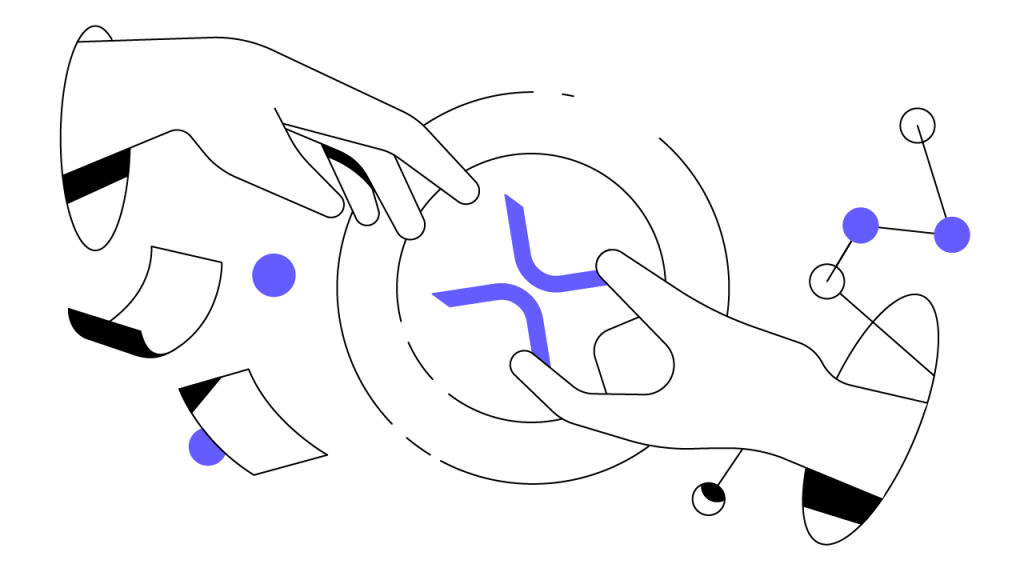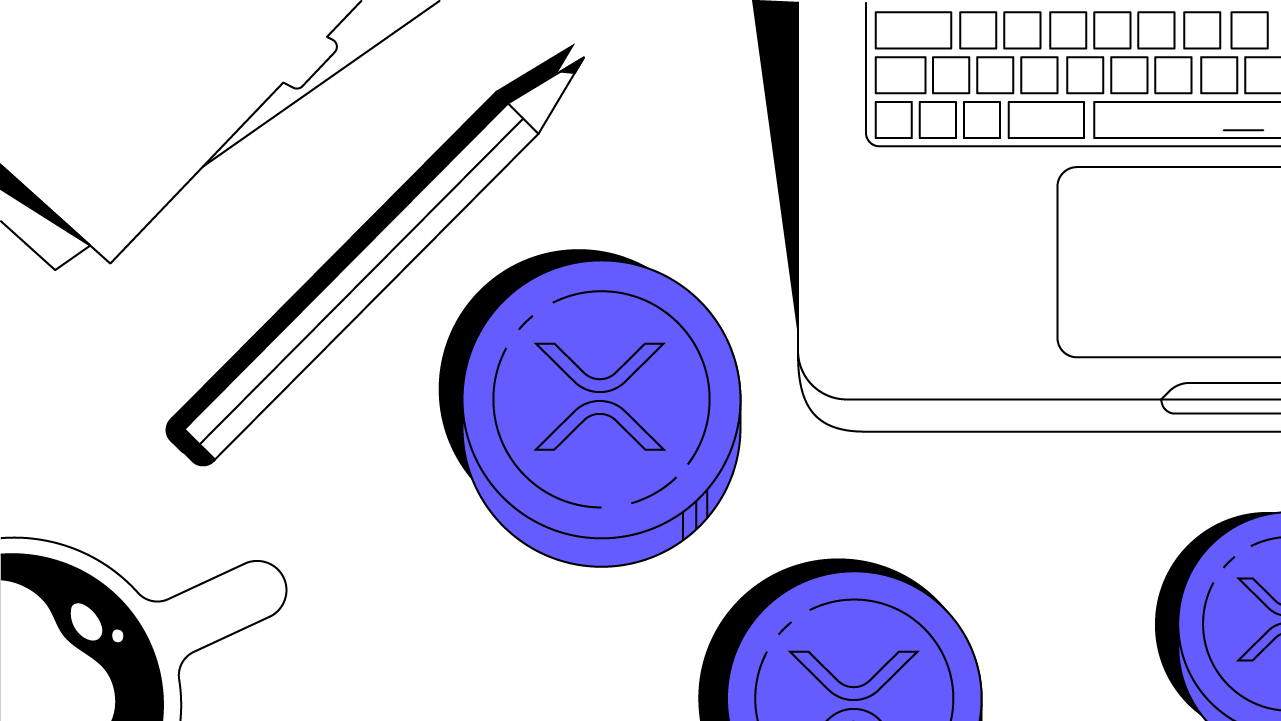Contents
XRP: Ripple’s Fast and Efficient Fiat Bridge
XRP enables a system that can outperform many established cryptocurrencies and legacy money transmission technologies. This has led to a world class payments system that minimizes intermediary processes and enhances the overall benefits to its users.
By David Schwartz, CTO, Ripple
Updated February 26, 2025 • 3 min read

Summary
Compared to established financial technology solutions, the cryptocurrency XRP provides a faster, lower cost, and more efficient model for cross-border payments. By dramatically reducing a transaction’s settlement costs and increasing its speed, XRP creates a system that can outperform more established cryptocurrencies and other legacy money transmission technologies. As a result, XRP has led the way in enabling a world class payments system that minimizes intermediary processes and enhances overall benefits to its users.
A Superior Speed and Cost Model
Long settlement times can be onerous for any routine transaction. For example, when you order something online, it may not be shipped until payment is received. This causes the seller to incur storage costs and creates delays in receiving your item. High transaction fees can be similarly onerous, particularly for small transactions. For example, debit cards often have flat fees of around $0.20. If you bought a $1 pack of gum every day for a year using a debit card, you would end up paying $73 in transaction fees on $365 worth of gum. In the increasingly interconnected global marketplace, there is an overwhelming need for a money transfer solution that is both cost-effective and time-efficient.
Unlock the future of money on Gemini
Start your crypto journey in minutes on the trusted crypto-native finance platform
In many cases, established technological solutions do not adequately address these issues. An international wire transfer can take anywhere from several business days to several weeks and can incur prohibitive fees because funds are usually transferred between multiple institutions. For smaller amounts, the time and costs make wire transfers impractical. If your cousin in another country needed $50 today to pay a bill but you would need to spend $35 in fees to send it, they would need to spend $15 in fees to receive it, and it would take three days to arrive, you both might think twice about carrying out the transaction.
Cryptocurrencies have become an increasingly promising method for solving these challenges. However, while there are many similarities across blockchains, different cryptocurrencies vary in transaction settlement times and processing fees. For example, Bitcoin’s block confirmation time is anywhere from 10 minutes to 60 minutes or more. During this time, a pending transaction encounters increased risk, and can even fail to go through. On top of that, depending on how fast you wanted to send your bitcoin, transaction fees could be as high as several dollars, even if the transaction amount were only a few dollars to begin with.
In contrast, on the XRP Ledger, a transaction can be settled within three seconds. This greatly increases efficiency and reduces transaction risks. The system is like other public blockchains, in that it is online 24/7, year-round so there are no delays as a result of bank holidays or constraints imposed by normal business hours. And, costs of transactions on the XRP network are negligible. The default transaction fee is 0.00001 XRP, which (as of October 2020) is equivalent to $0.0000024 USD. This low cost makes settling international transactions feasible and practical.
The Need for an Efficient Fiat Bridge
With traditional cross-border payments like remittances, banks need to hold an account with enough local currency from the intended recipient’s country. For example, a payment sent as South African Rands (ZAR) will not seamlessly convert to Argentine Pesos (ARS). Instead, that payment between the countries will undergo a number of currency conversions through intermediary banks. The ZAR from the sender will likely first be converted to USD, which will then be transferred to another bank that accepts USD and has adequate holdings of ARS. Only after this point can the transaction settle and the ARS amount becomes available to the recipient. This is only one example, but think about how complicated this gets when working across the 180 or so currencies across the globe. To make the international exchange process work, banks must maintain adequately stocked accounts in multiple foreign currencies, which ties up valuable capital that would otherwise be circulating through the economy.
XRP's Competitive Edge on Liquidity
Ripple, a blockchain-based fintech, is using XRP to solve this problem. Ripple has a product called On-Demand Liquidity that allows financial institutions to instead settle transactions instantly with the XRP cryptocurrency. On-Demand Liquidity works by allowing financial institutions to convert fiat to XRP and convert XRP coins into the destination currency using local crypto exchanges. This functionality eliminates the need for financial institutions to hold large foreign currency reserves and, with increased liquidity, they are able to use capital more productively. This need is especially evident in remittances or SMB-payments because they are typically low value, high volume payments. The biggest remittance corridor in the world is U.S. to Mexico — nearly $36 billion is sent every year. Today, Mexico’s largest cryptocurrency exchange, is processing nearly 10% of remittances from the U.S. to Mexico using XRP through Ripple’s On-Demand Liquidity product.

Author
David Schwartz
CTO, Ripple
David Schwartz is the Chief Technology Officer at Ripple and is one of the original architects of the XRP Ledger. Prior to joining Ripple, David Schwartz was Chief Technical Officer for WebMaster Incorporated, a Santa Clara software developer. He developed encrypted cloud storage and enterprise messaging systems for organizations like CNN and the National Security Agency (NSA). Known as “JoelKatz,” he is a respected voice in the digital currency community.
Is this article helpful?

